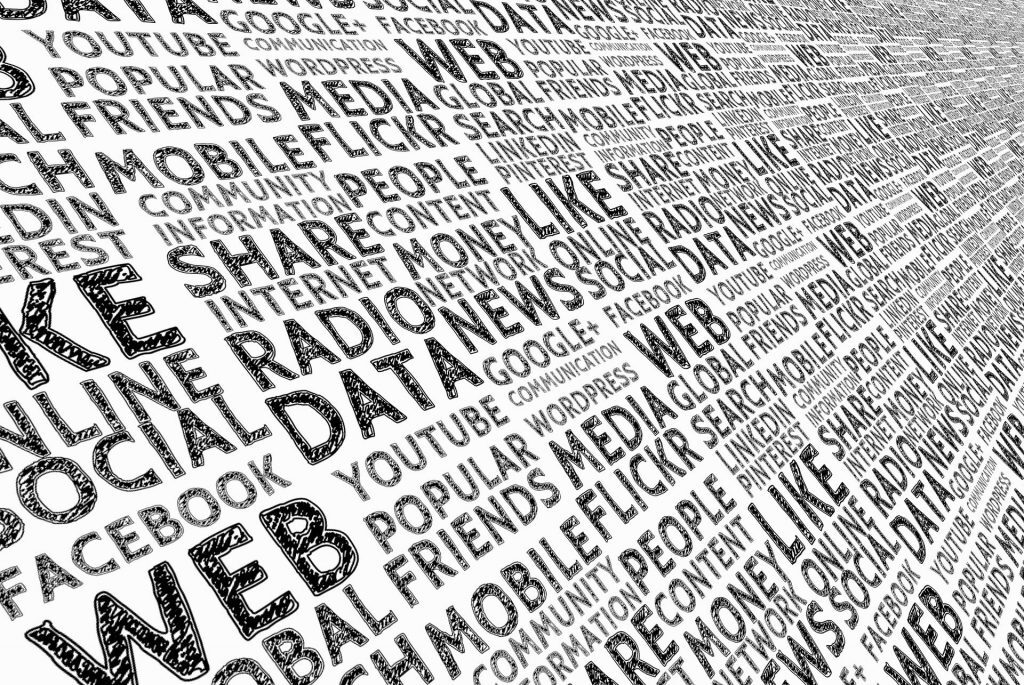I can’t help it. I’m a news junkie. I read all the news. All the time.
And I’ve found a new way to get my fix.
I noticed it at first on the Daily Maverick, a right-facing solid arrow symbol, the universal icon for the “play” button. So, I played it. A nice voice read me the article. It was great. Then I spotted it on businesslive.co.za, and then in the newly updated News24 app. If I don’t see the text-to-speech functionality, I then “select all” for that article and get Siri to read it to me (by right clicking on the “speak” option).
It’s the latest joy of these joyous new-fangled smartphone thingies that we love, and love to hate, so much. There’s no denying how truly and wonderfully useful they are. But there is also no denying that they have become a new digital deliverer of some deep FOMO gene that we all suffer from. We all have an inner geeky, feeling left out, teenager self, it seems.
So, we indulge in our social media addiction on our smartphones.
But I realised this year how profoundly my usage patterns have evolved since I deleted all the social media apps off my iPhone. Except, my “dings” of digital drugness, Twitter.
However I only really look at Twitter twice a day, sometimes three times. I know because I set myself a reminder three times a day to retweet the stories from the two publications I publish, Stuff.co.za and Scrolla.Africa.
Twitter, for its particular audience, is a free marketing platform. So is Facebook. So is Instagram. And so is YouTube. Each has its audience. Each has its conventions. Each has its particular audience.
In my case, I check in on Twitter for a bit – maybe 15 to 20 minutes – and then go back to reading the news. My sophisticated iPhone 11 Pro, a wonder of photographic prowess and sheer computing power, is often principally used to read the news. And to read the news to me. Thanks Siri. Good work on pronouncing Sim Tshabalala’s name so well.
I am not tempted to scroll through Facebook and Instagram because they are not on my phone. Nor am I pestered by their constantly nagging notifications.
Turning off those annoying concentration-sapping notifications was the first of the 12 steps to liberating yourself from Facebook. I imagine this process of separating yourself from your digital addictions is akin to the 12 steps of Alcoholics Anonymous. I have to admit at this point, that my experience of AA is entirely based on US television – usually detectives back on the straight and narrow for the second season.
In my case, I have gone back to my original vice, my original yearning for mass media: the news. And I’m thrilled at how consumption is evolving to match the technology that delivers it. A newspaper is ideal for cheap and fast distribution in a pre-mobile age and for reading; in precisely the way an internet-connected smartphone is more adept at reading the content to you (if its written text) than being an over-capacitated Kindle.
I’m thrilled. I’ve long been a fan of podcasts and the revival of the “theatre of the mind” they have enabled. But I also want to hear the news, and that is what a new generation of news websites and apps has enabled. Thankfully.
This article first appeared in the Financial Mail.




